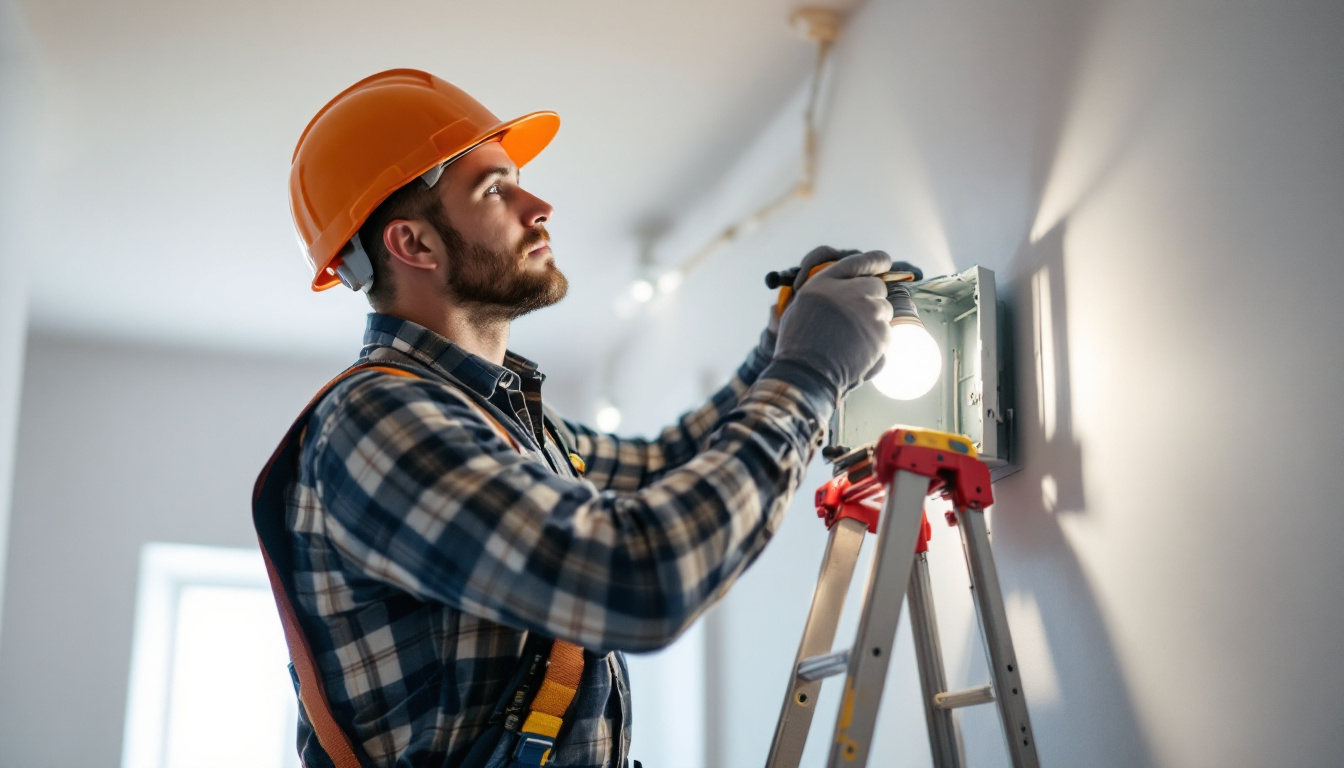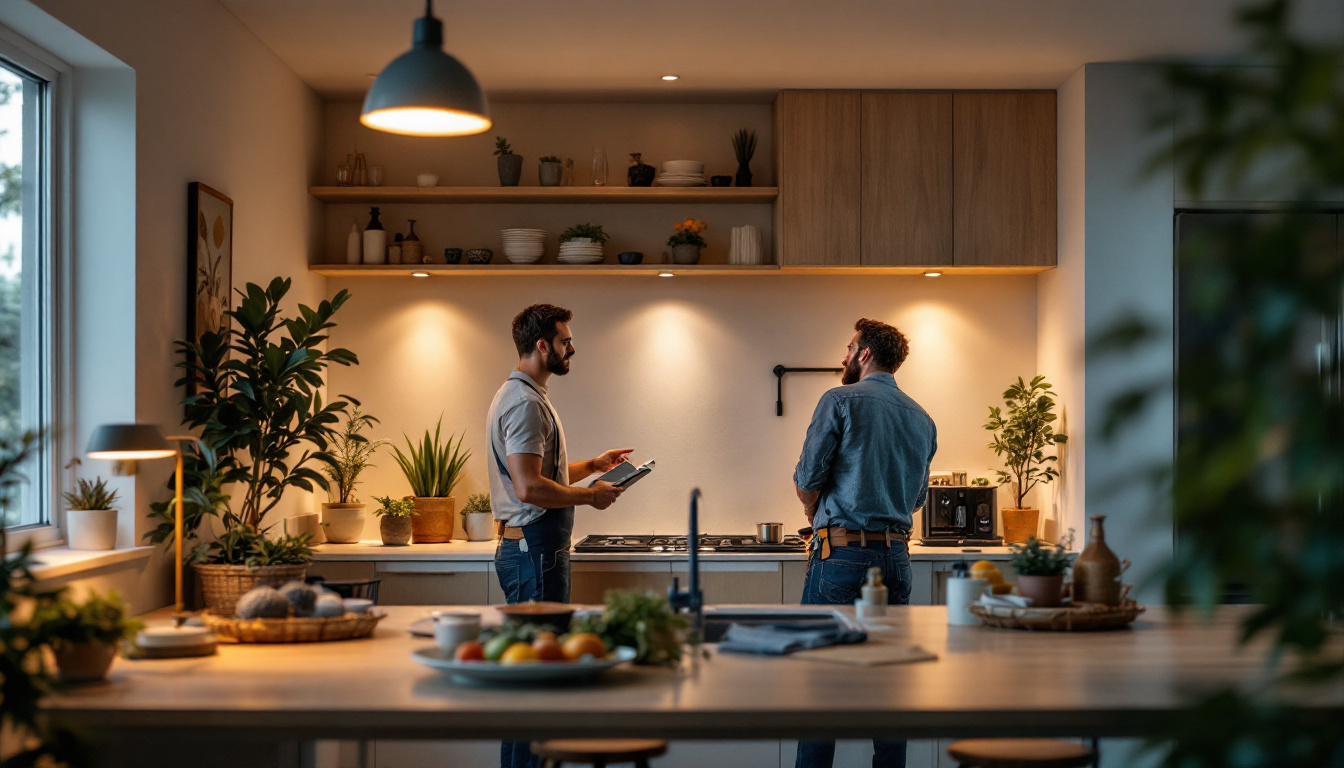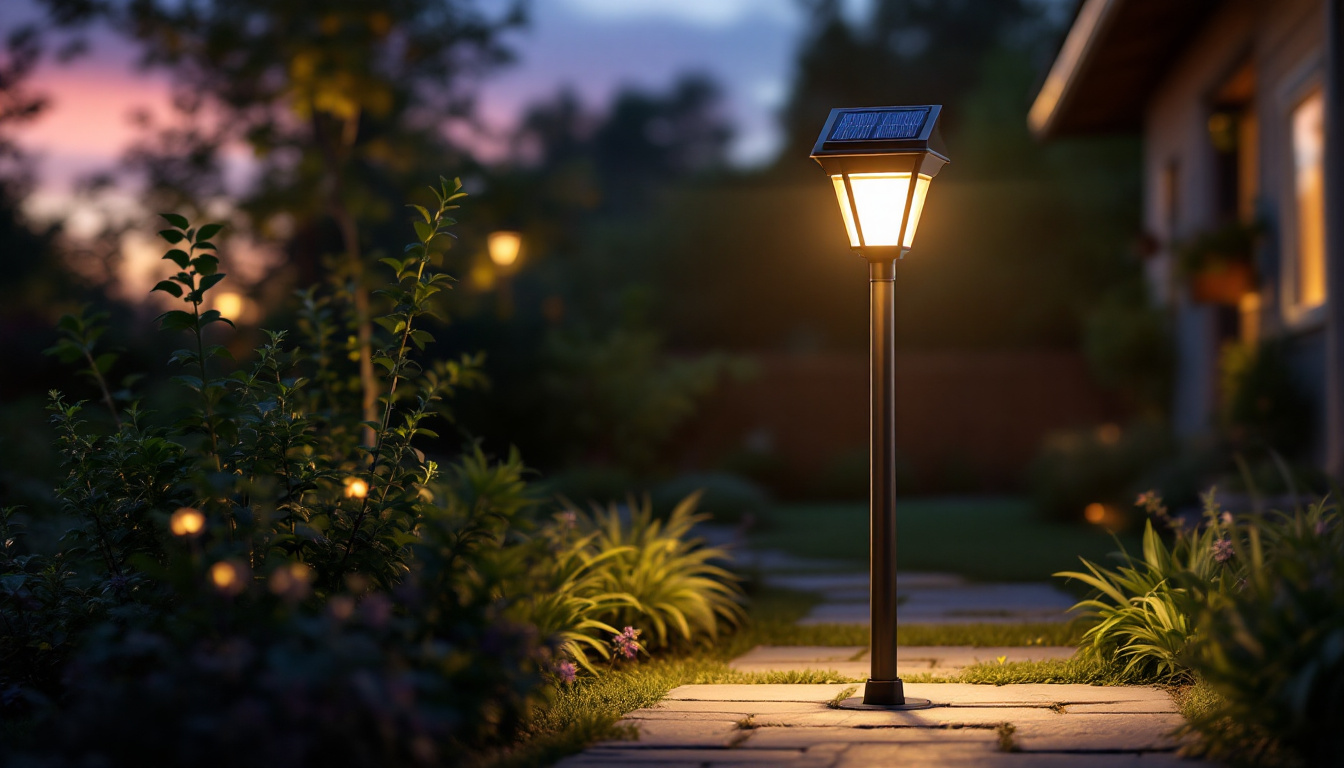
Fluorescent light grates and louvers are essential components in the realm of commercial lighting. They serve not only to diffuse light but also to enhance aesthetic appeal and improve energy efficiency. As lighting contractors navigate the complexities of various lighting systems, several common questions arise regarding the use and installation of these fixtures. This article aims to address these inquiries, providing clarity and guidance for professionals in the field.
Before delving into specific questions, it’s crucial to define what fluorescent light grates and louvers are. These components are designed to control the distribution of light emitted from fluorescent fixtures. They can be found in various settings, including offices, retail spaces, and industrial environments, where proper lighting is essential for functionality and ambiance.
The primary function of light grates and louvers is to manage light output. By diffusing the harsh glare often associated with fluorescent lights, these components create a more comfortable visual environment. Additionally, they help direct light where it is needed most, enhancing overall illumination efficiency.
Moreover, light grates and louvers can contribute to energy savings. By optimizing light distribution, they reduce the need for additional lighting fixtures, ultimately lowering energy consumption and costs. This efficiency not only benefits the environment but also aligns with modern sustainability goals, making them an attractive option for businesses looking to reduce their carbon footprint.
Lighting contractors often encounter a variety of materials when selecting grates and louvers. Common options include acrylic, polycarbonate, and metal. Each material has its own set of advantages and disadvantages.
Acrylic grates are lightweight and offer excellent light diffusion, making them a popular choice for many applications. Polycarbonate, on the other hand, is known for its durability and impact resistance, making it suitable for environments where fixtures may be subject to wear and tear. Metal louvers, while more robust, can sometimes create a harsher light output, which may not be ideal for all settings. Additionally, the choice of material can also influence the aesthetic appeal of the lighting installation, with options available in various finishes and colors to complement the overall design of a space.
Furthermore, the installation process can vary significantly depending on the material chosen. For instance, acrylic and polycarbonate grates are often easier to install due to their lightweight nature, while metal louvers may require more robust support structures. This consideration is vital for contractors and designers alike, as it impacts not only the project timeline but also the overall cost of the lighting solution. Understanding these nuances can lead to better decision-making when it comes to selecting the right components for specific environments, ensuring that both functionality and design are prioritized.
Proper installation of fluorescent light grates and louvers is vital to ensure optimal performance. Lighting contractors often have questions about the best practices for installation, including alignment, securing, and maintenance. A well-executed installation not only enhances the aesthetic appeal of the lighting but also maximizes energy efficiency, making it a crucial aspect of any lighting project.
Alignment is crucial for achieving the desired lighting effect. Contractors should ensure that the grates and louvers are installed parallel to the fixture to prevent light leakage and uneven distribution. Misalignment can lead to glare and reduced efficiency, undermining the benefits these components are designed to provide. Moreover, improper alignment can create hotspots or shadows in the illuminated area, which can be particularly problematic in spaces requiring uniform lighting, such as offices or retail environments.
Additionally, it is advisable to follow manufacturer guidelines regarding installation. These specifications often include detailed instructions on how to achieve proper alignment and secure the fixtures effectively. Utilizing tools such as laser levels or alignment jigs can further enhance precision during installation, ensuring that each component is positioned correctly for optimal performance. Regular checks during the installation process can help catch any misalignments early on, saving time and resources in the long run.
Securing louvers properly is essential for both safety and functionality. Most louvers come with mounting clips or brackets that should be used to fasten them to the fixture. Lighting contractors should ensure that these components are tightly secured to prevent any movement that could disrupt light distribution. Loose louvers can not only affect the quality of light but may also pose safety risks if they detach or become misaligned during operation.
In some cases, adhesive solutions may also be employed to enhance stability. However, it is important to choose adhesives that are compatible with the materials of both the louver and the fixture to avoid damage over time. Additionally, contractors should consider the environmental conditions of the installation site, as factors such as humidity and temperature fluctuations can affect the longevity of both mechanical and adhesive fasteners. Regular inspections and maintenance can help ensure that the louvers remain securely in place, contributing to the overall efficiency and safety of the lighting system.
Maintenance is a critical aspect of ensuring the longevity of fluorescent light grates and louvers. Lighting contractors frequently inquire about the best ways to maintain these components to maximize their lifespan and performance.
Regular cleaning is essential to maintain the effectiveness of light grates and louvers. Dust and dirt can accumulate over time, leading to reduced light output and increased glare. It is generally recommended to clean these components at least once every few months, although the frequency may vary depending on the environment.
Contractors should use non-abrasive cleaning solutions and soft cloths to avoid scratching the surface of the grates and louvers. For more stubborn stains, a diluted solution of mild soap and water can be effective without damaging the materials.
While regular maintenance can extend the life of light grates and louvers, there comes a time when replacement is necessary. Signs that indicate the need for replacement include significant discoloration, warping, or cracks in the material. Additionally, if the components no longer effectively diffuse light or if there are visible gaps between the louver and the fixture, it may be time to consider new installations.
Lighting contractors should also assess the overall performance of the fixtures. If energy costs are rising or if the quality of light has diminished, it may be more cost-effective in the long run to replace the grates and louvers rather than continuing to maintain aging components.
With a growing emphasis on sustainability, many lighting contractors are interested in how fluorescent light grates and louvers can contribute to energy efficiency. Understanding the role these components play in reducing energy consumption is vital for making informed decisions.
Fluorescent light grates and louvers can significantly impact energy consumption by optimizing light distribution. By reducing glare and directing light more effectively, these components can help minimize the need for additional lighting fixtures, leading to lower energy usage.
Moreover, using energy-efficient fluorescent bulbs in conjunction with well-designed grates and louvers can further enhance savings. Contractors should consider the entire lighting system when aiming for energy efficiency, ensuring that all components work harmoniously to reduce overall consumption.
Incorporating sustainable materials into lighting designs is becoming increasingly important. Using recyclable materials for grates and louvers not only reduces environmental impact but can also appeal to clients who prioritize sustainability in their projects.
Lighting contractors should explore options such as recycled plastics or metals that can be repurposed at the end of their life cycle. By choosing sustainable materials, contractors can contribute to a greener future while meeting the demands of environmentally conscious clients.
As with any specialized field, misconceptions about fluorescent light grates and louvers can lead to confusion among lighting contractors. Addressing these misunderstandings is crucial for ensuring proper installation and maintenance.
One common misconception is that louvers are purely decorative. While they do enhance the aesthetic appeal of lighting fixtures, their primary function is to control light distribution. Effective use of louvers can significantly improve the comfort and functionality of a space by reducing glare and directing light where it is needed.
Contractors should educate clients about the benefits of louvers beyond aesthetics, emphasizing their role in creating a more pleasant and efficient lighting environment.
Another misconception is that any louver can be used with any fluorescent fixture. In reality, compatibility between the louver and fixture is essential for optimal performance. Contractors should ensure that the dimensions and design of the louver match the specific fixture being used to avoid issues with light leakage or improper diffusion.
Consulting manufacturer specifications and guidelines can help contractors make informed decisions about which louvers to pair with their fixtures.
Fluorescent light grates and louvers play a vital role in the functionality and efficiency of lighting systems. By addressing common questions and misconceptions, lighting contractors can enhance their understanding of these components, leading to better installations and satisfied clients. Whether considering installation, maintenance, or energy efficiency, knowledge of light grates and louvers is essential for success in the lighting industry.
As the demand for effective and sustainable lighting solutions continues to grow, staying informed about the latest developments and best practices will empower contractors to excel in their projects. Embracing the complexities of fluorescent light grates and louvers will ultimately contribute to a brighter, more efficient future for all.
Ready to elevate your lighting installations with the finest grates and louvers? At LumenWholesale, we offer an exceptional range of spec-grade lighting products designed to meet the demands of any project. Say goodbye to inflated markups and hello to premium quality at wholesale prices. With our commitment to affordability and convenience, you can enjoy free shipping on bulk orders, ensuring you get the best value for your investment. Don’t compromise on quality or cost. Discover wholesale lighting at the best value today and light up your projects with confidence.

Discover why lighting contractors should prioritize the use of junction boxes for light fixtures.

Discover the essential insights every lighting contractor needs to know about LED can lights.

Discover the comprehensive guide to Tape Light LED systems tailored for lighting contractors.

Discover why lighting contractors should prioritize solar post lights in their projects.